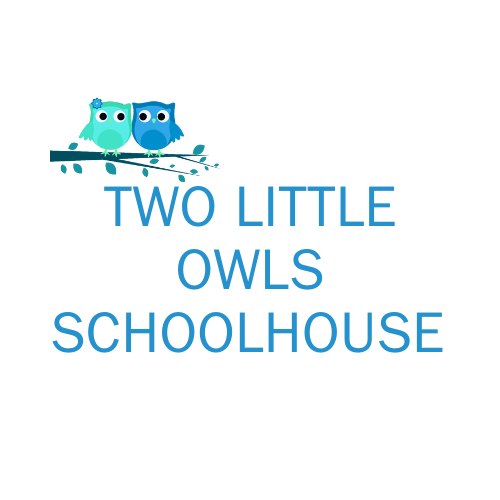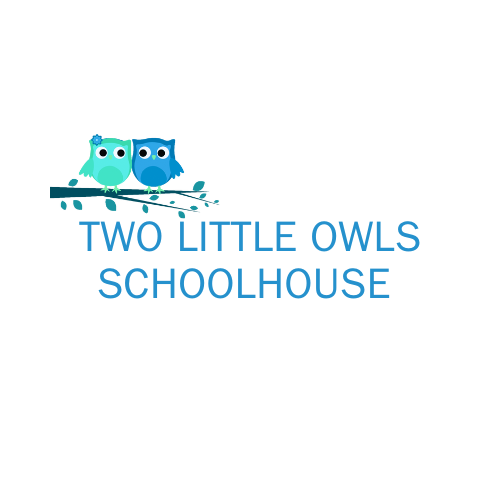The Magic of the “Yes” Space: Creating an Environment Where Little Ones Can Explore Freely
If you spend your days following a toddler around saying “No!”—“No climbing that! No throwing that! No touching that!”—you’re not alone. The early years are a time of big emotions, big movements, and even bigger curiosity. But what if, instead of constantly redirecting, you could set up an environment where your child hears “Yes” more often?
This is the power of the Yes Space, a concept that shifts the parenting experience from one of constant correction to one of trust, independence, and calmer days—for both you and your child.
What Is a Yes Space?
Dr. Becky Kennedy, clinical psychologist and best-selling author, reminds us that kids under five don’t wake up thinking, How can I make my grown-up’s life harder today? Instead, they are wired to explore and test their environment—not to be defiant, but to learn.
A Yes Space is a place designed entirely with a child’s natural curiosity in mind. It’s safe, developmentally appropriate, and free from things that require constant adult intervention. Instead of needing to say “No” all day long, caregivers can step back, observe, and let kids engage freely.
Why a Yes Space Works (and Why It’s Worth the Effort)
The toddler and preschool years are a push-and-pull between dependence and independence. A child’s growing desire to do things on their own often leads to frustration (for both them and their caregivers).
By creating a space where they can move, explore, and play freely, you’re:
✔ Reducing Power Struggles – Kids don’t need to push boundaries as often when they feel trusted in their environment.
✔ Encouraging Independent Play – With fewer restrictions, children engage more deeply in activities, which helps build focus and problem-solving skills.
✔ Supporting Emotional Regulation – Fewer limits = fewer moments of frustration. A child who feels capable in their environment is more likely to stay regulated.
✔ Building Confidence – A Yes Space gives kids the chance to try, fail, and try again—all without an adult hovering over them, ready to stop them at every turn.
How to Create a Yes Space (Even in a Small Home)
You don’t need a dedicated playroom or a Pinterest-perfect setup—just a shift in how you think about your child’s space.
1. Start with Safety
Look around your child’s main play area and ask:
• Are there things here that I constantly have to take away?
• Are there safety hazards (e.g., unsecured furniture, breakables)?
• Do I feel relaxed when they play here—or am I always on edge?
Removing potential “No” triggers (like fragile décor or items within easy grabbing range) makes a big difference.
2. Prioritize Open-Ended Materials
A Yes Space isn’t about more toys—it’s about the right toys. The best materials are ones that invite creativity, movement, and problem-solving. Some great options include:
• Blocks, play silks, or stacking toys
• Soft climbing structures or a small balance beam
• Simple sensory play items (like water play or kinetic sand)
• Low shelves where children can access their own books and toys
3. Give Kids Freedom to Move
Toddlers and preschoolers need to move a lot. If possible, include elements that allow for safe climbing, jumping, or balancing. Indoors, this could be as simple as a couch cushion fort or a small stepping stone set. Outdoors, nature provides endless Yes Space opportunities.
4. Resist the Urge to Over-Direct
Once the space is set up, let your child lead. Instead of micromanaging, observe. Watch how they use their space, and adjust as needed based on their interests.
5. Make It a “Yes” Space for You, Too
Your Yes Space should also feel good for you. If you’re constantly anxious or distracted while your child plays, it’s okay to tweak the setup until it works for your whole family.
What If I Don’t Have Room for a Yes Space? (I Don’t!!)
Not everyone has the luxury of a dedicated play area—but that doesn’t mean a Yes Space isn’t possible. Even a small section of a room can be transformed into a safe exploration zone.
• Create a “Yes Shelf” with a few accessible, child-friendly activities
• Use a “Yes Drawer” in the kitchen with safe utensils for little hands
• Set up a “Yes Corner” with soft mats, books, and sensory items
The Takeaway: A Yes Space Makes Parenting Easier
A Yes Space isn’t about giving kids total freedom—it’s about setting them up for success in a way that makes life easier for everyone. When children feel trusted in their environment, they gain confidence, independence, and emotional security—all while learning in a natural, self-directed way.
And for us? It means fewer power struggles, less stress, and more time to enjoy the magic of early childhood.


